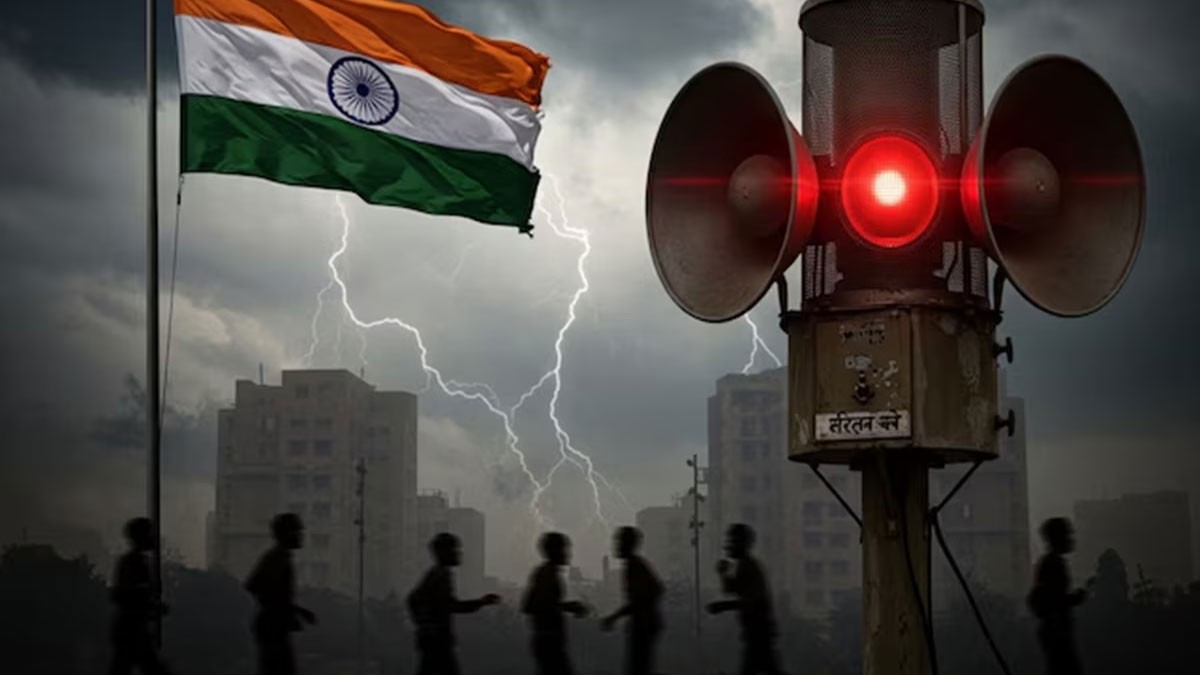
A war mock drill is a simulated military exercise designed to prepare civilians and armed forces for potential wartime scenarios. These drills help government agencies, security forces, and the public understand response protocols during emergencies such as air raids, blackouts, and evacuations. Conducted periodically in different nations, war mock drills aim to strengthen defense preparedness and ensure that all emergency systems function efficiently. Given the rise in geopolitical tensions, such exercises have become a crucial part of national security planning.
The execution of a war mock drill typically involves multiple stages to mimic real-time conflict situations. The first step is planning and coordination, where military experts, civil defense teams, and local administrations design the drill based on current threat levels. Once a framework is set, warning sirens are tested, blackout protocols are initiated, and evacuation routes are mapped. During the drill, civilians are instructed to follow designated procedures, such as seeking shelter in bomb-resistant bunkers, turning off all lights during air raid alerts, and adhering to food and water rationing protocols.
In addition to civilian safety measures, mock drills assess armed forces and emergency response teams. Military personnel conduct simulated counter-attacks, test missile defense systems, and evaluate rapid deployment strategies to safeguard critical infrastructure. Hospitals also participate, practicing mass casualty responses to ensure medical services are equipped for large-scale emergencies. Communication networks are closely monitored, ensuring that all channels remain operational during wartime and that government directives reach citizens without disruption.
The success of a war mock drill depends on public awareness, coordination, and efficiency. These exercises allow policymakers to analyze weaknesses in defense mechanisms and refine response strategies. Countries with frequent war preparedness drills tend to handle crises more effectively, ensuring that civilians and security forces can respond swiftly and strategically if actual hostilities arise. While mock drills do not indicate imminent war, they emphasize national preparedness, providing essential training for unforeseen conflicts.
